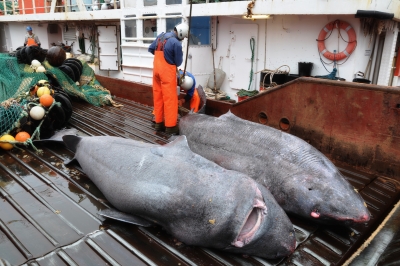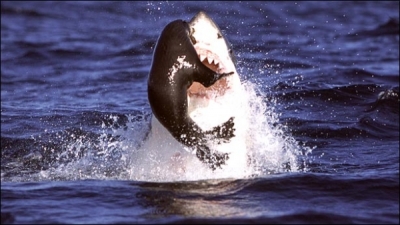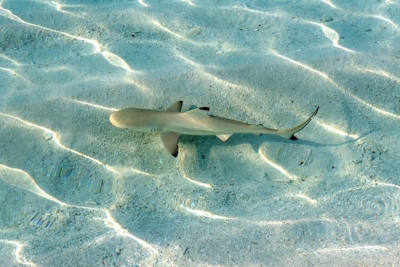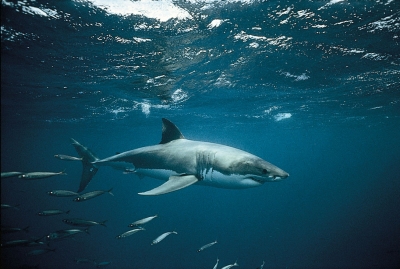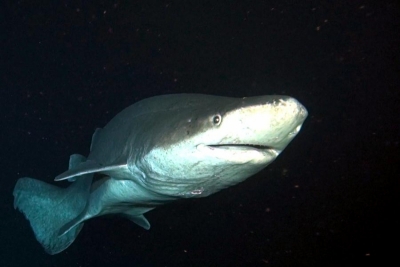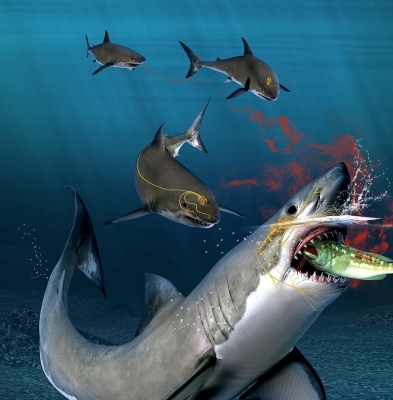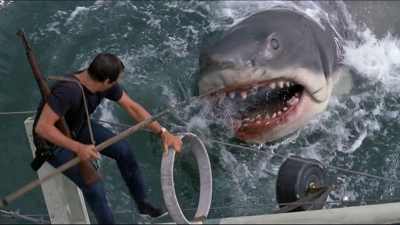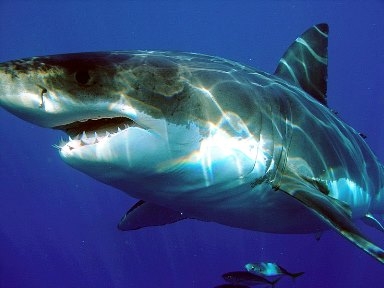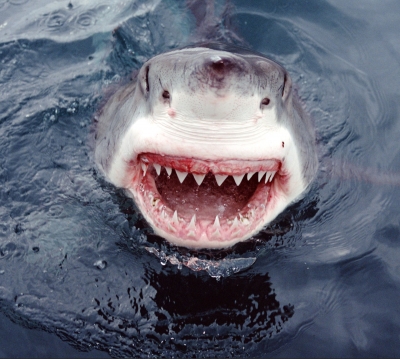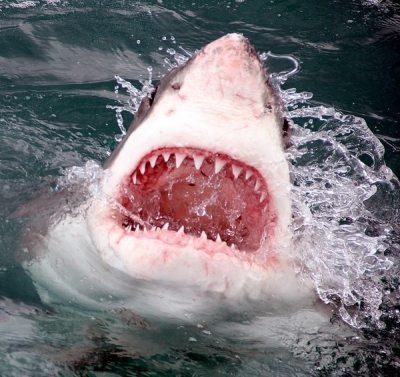Shark attacks: what’s going on?
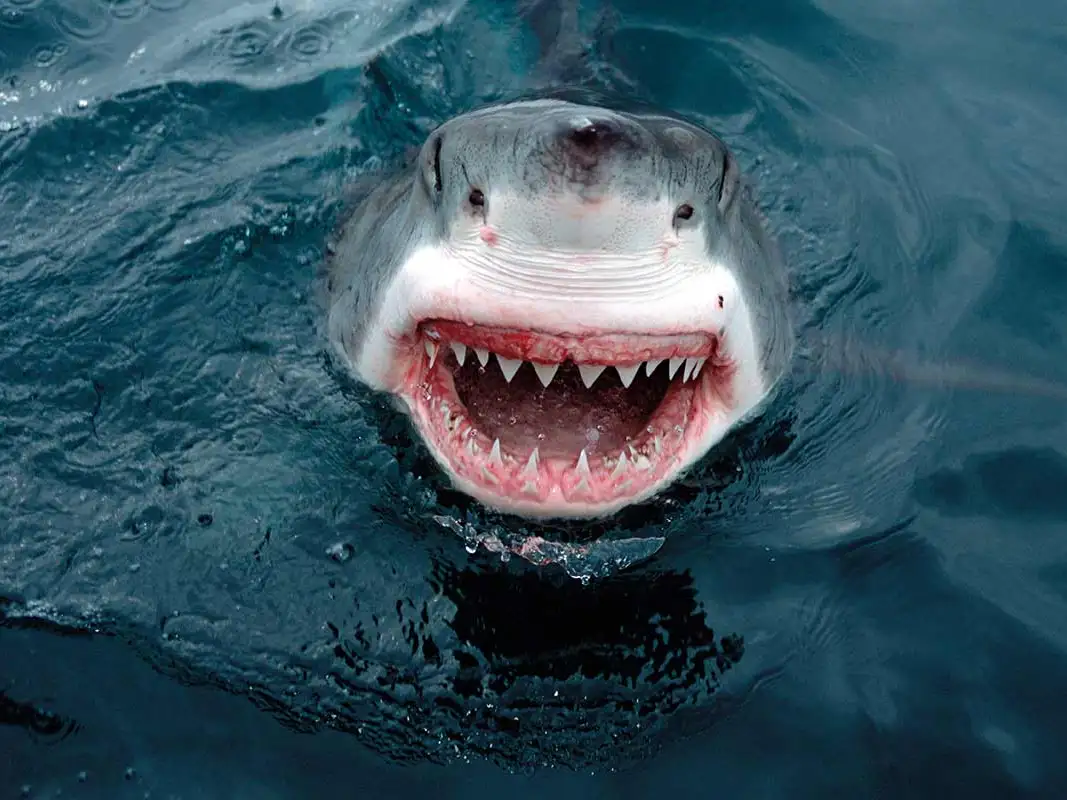
When one says conservation efforts to save a species have paid off, it usually means one thing a steady increase in the species population. And that's good news. Recently though conservation efforts paying off had a slightly unexpected result. What is it? Come, let's find out.
In summer, great white sharks move up the Atlantic coast of the U.S., towards New England. Their numbers normally hit the peak between August and October. But a few weeks ago, an unusual increase in human-shark encounters was evident along the U.S. East Coast, The reason? Experts believe it could ironically be due to the "conservation wins for vulnerable species". There has been an increase in great white shark numbers, which experts think is the result of continued protection. And this likely led to increased human-shark encounters too.
An important factor in the shark number increase is the fact that the number of its main prey -the seal-has seen an uptick too due to protection. Scientists also believe that the increasing encounters could be "linked to the sharks bait fish-menhaden, also known as porgies or bunkers, recovering". But they also warn that "it's tricky to figure out how much of it is increasing populations moving around as a result of changing ocean conditions from climate change.”
Though there have been instances of sharks being portrayed in pop culture as blood-thirsty, that's far from the truth. Studies have shown that sharks can mistake surfers or swimmers for their usual prey meaning many attacks could be the result of mistaken identity. Researchers say that if the number of beach-goers is anything to go by, there should be tens of thousands of shark attacks every year whereas the truth is that annual global deaths due to shark attack is five. When more sharks come close to land for feeding and more people go swimming, the encounters are likely to increase.
And with climate change experts expect "that the increase in ocean temperatures will gradually lengthen the season during which sharks are present in the northern United States". This could mean increased chances of encounters in the future. Increased vigilance and self-awareness will go a long way in minimising the risk of attacks, feel experts.
Picture Credit : Google
